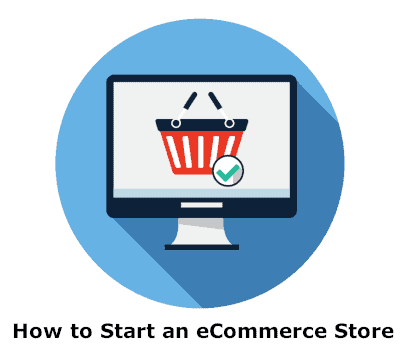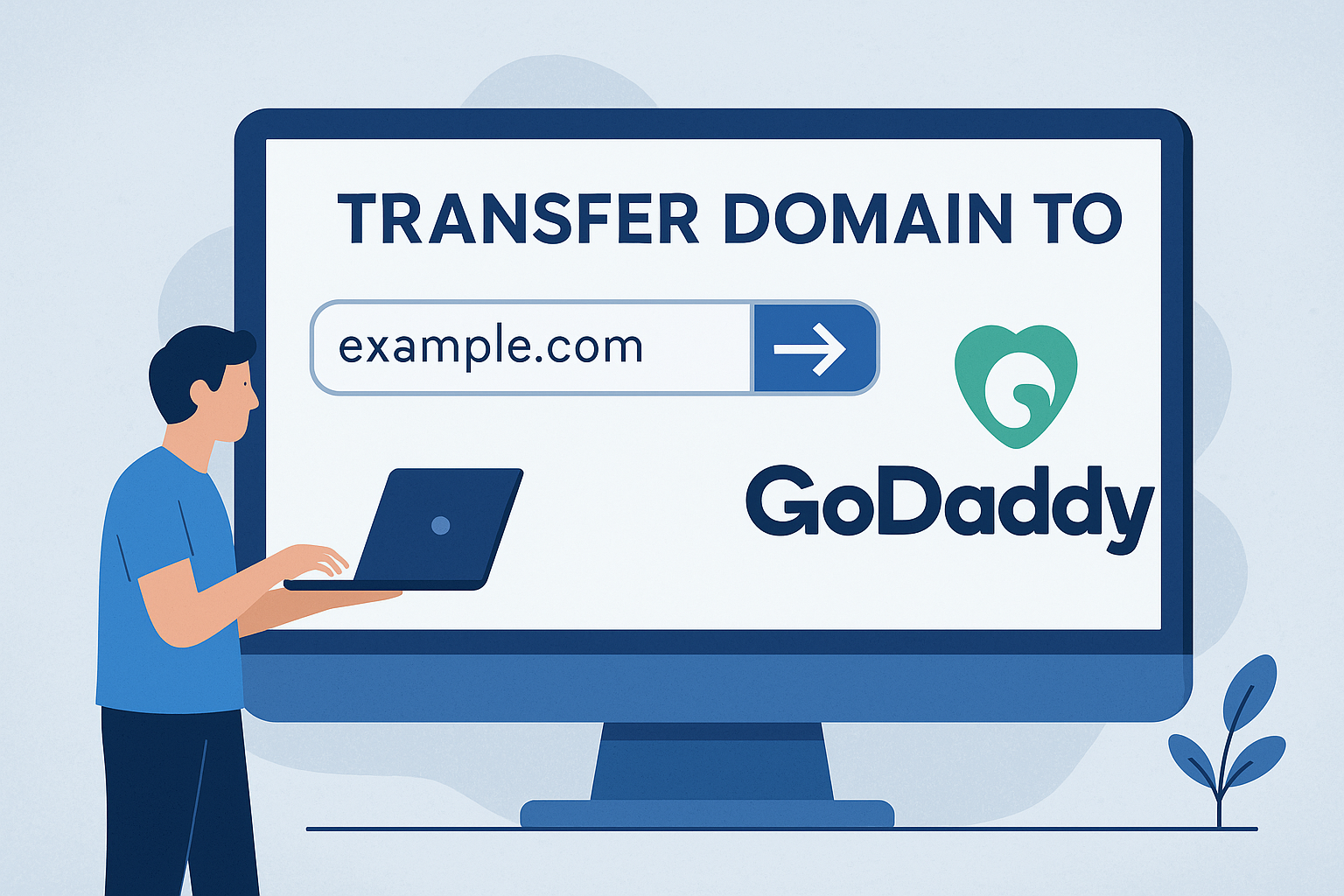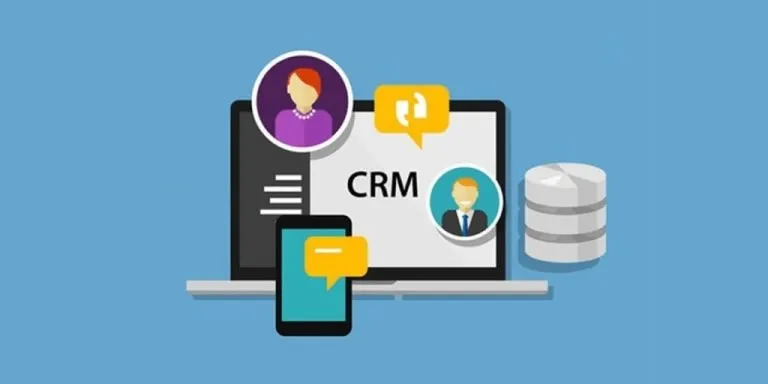Advertising disclosure
Hosting Canada is community-supported. We may earn a commission when you make a purchase through one of our links. Read Disclosure.
How to Start an eCommerce Store
 For the past few years, the status quo of the world has vastly changed.
For the past few years, the status quo of the world has vastly changed.
Millions of people have been left jobless and unprepared for the future.
A large percentage of those who still work now do so from home. This shift in the work environment has proven cumbersome for some individuals and businesses.
However, some companies have thrived in the pandemic due to their adaptability to such societal changes.
While these changes have occurred, individuals have begun to notice the need for their flexibility. People want to have a secure future where they aren’t held captive by their employer’s paycheck; people want to work for themselves. This shift in work ideology has helped grow the publics’ interest in eCommerce stores.
How to Start an eCommerce Store CA Guide 🇨🇦
If you’re one of the people who want to become a self-starter who works for no one but yourself, starting an eCommerce store might be for you. While there’s an obvious uphill battle to starting an online business, it can be done. All you need is the know-how, the work ethic, and the proper planning.
Check out the following guide to learn how to start an eCommerce store that’s sure to secure your future.
Find Your Niche and Do Your Research
![]() The first step in creating a successful eCommerce store is determining what you’re going to sell. Saying you want to sell exercise equipment likely won’t cut it.
The first step in creating a successful eCommerce store is determining what you’re going to sell. Saying you want to sell exercise equipment likely won’t cut it.
Think about how many businesses already exist that sell exercise equipment—likely hundreds, if not thousands already hold that market. Trying to break into a near-saturated market is next to impossible. That’s why specialization is key.
Once you know the area you want to focus on, you need to do thorough research. How can you find a niche within your general market?
Find Your Calling
To continue with the exercise equipment example, you have to find a specific area of equipment that you can exploit. For instance, you could try to sell equipment manufactured from another local business, so you can market your equipment as supporting local businesses. Alternatively, you could find exercise equipment to sell that is made from recyclable materials.
When you’ve found your niche, it’s time for you to do more specific research. What kind of competitors are there? Who is your target audience? How much will it cost to get an initial inventory of products? Where will you get your supply from? What top eCommerce platform will you use?
The more research you do, the more questions you’ll realize you need answers for.
Nailing Down Your Target Market
 Once you’ve done sufficient research, you should have a good understanding of the hole in the market you’re going to fill.
Once you’ve done sufficient research, you should have a good understanding of the hole in the market you’re going to fill.
Now is the time when you need to nail down the audience you want to target.
Who will buy your products? Different age groups spend their money on different goods.
Genders typically spend their money differently. The more precise your initial audience is, the easier your marketing efforts will be. Your audience may be one or both genders, and it may encompass a specific type of people or a specific age group.
Take Your Time When Finding the Right Audience
Specifying your target audience may take time, and that’s okay. It’s not something to be rushed. You want to be precise and confident that your audience is the one who will buy your goods. This is another step that takes thorough research, just like finding your niche. You must understand your users; you need to learn what they like, dislike, need, and want.
Once your target audience is nailed down, you can begin to market to that target area. With time, you’ll build a following and gain customers. And eventually, you’ll be able to expand on that audience by adding new products that help you span genders, ages, and groups.
Build Your Brand and Register Your Business
![]() One of the most important aspects of building your business is establishing your brand and thinking of an interesting name. A business’s brand is what sets them apart from its competitors.
One of the most important aspects of building your business is establishing your brand and thinking of an interesting name. A business’s brand is what sets them apart from its competitors.
The most successful businesses have brands that are known around the world within milliseconds of seeing a logo. Think about companies like Nike, Adidas, or Apple—the moment you see their logo the business and its name come to mind.
While establishing a business as widespread as the above example would likely take decades of work, and maybe some good fortune, they’re examples you can take inspiration from.
Choose and Register Your Name
First, you should create your business’ name and get it registered with the Canadian government. Choosing a name is a fun, creative process. Try to think of something unique, simple, and easily recognizable, such as Apple. The name doesn’t need to correlate with the products you sell.
Next, begin to work with designers and creatives to develop your brand identity. You can create company-specific logos, fonts for your website, graphics, color schemes, and more. Altogether, these aspects will be used to identify your business.
Create Your Business Plan
![]() This is a crucial step that can make or break your venture. At the very least, your business plan can help in any fundraising efforts you participate in by proving to investors that you have a thorough plan of attack.
This is a crucial step that can make or break your venture. At the very least, your business plan can help in any fundraising efforts you participate in by proving to investors that you have a thorough plan of attack.
Making a business plan is difficult and time-consuming. If you have experience with making business plans, you should be fine to do this on your own. However, if you’ve never made a business plan before, and you don’t know where to start, consider hiring outside help.
With professional help, you can ensure your plan is thorough and that it will add value to your business as you move forward.
What Is a Business Plan
Business plans encompass the whole range of your functions, products, strategies, planning, and more. You’ll need to create a set of budgets for your inventory, shipping, warehousing, marketing, and more. Your business plan should be comprehensive and detailed. Here is a list of items that should be included in your plan.
Apply for Permits and Licenses
![]() Depending on what your business sells or provides and where you live, you may need several licenses and permits to get up and running. You’ll have to establish rights to sell goods.
Depending on what your business sells or provides and where you live, you may need several licenses and permits to get up and running. You’ll have to establish rights to sell goods.
You must be aware of any goods and services taxes, sales taxes, import taxes, and other governmental policies to follow.
Additionally, the province you live in may have its own requirements for starting a business. For example, Quebec requires businesses to register for a Quebec Sales Tax. One of our reviewed tax software sites could help simplify this process for you.
It’s best to contact your local government to inquire about all that you need. Furthermore, it’s a good idea to do this well before you plan on selling any products. That way, you can ensure your business will not run into any legal troubles.
Selecting the Right Tools and Software
![]() No business is completely self-sufficient. Businesses rely on others to provide services and solutions to various functions like marketing and accounting.
No business is completely self-sufficient. Businesses rely on others to provide services and solutions to various functions like marketing and accounting.
In your business plan, you may have already included the solutions you’ll use to get your company up and running. If not, here is where you need to fill those gaps.
As an eCommerce startup owner, you’re going to need a lot of outside help for a smooth beginning. You’ll need a website, top competitive hosting, warehousing services, fulfillment services, and much more.
Dont Hesitate to Ask for Help
Depending on your business plan, you may need to hire outside help for marketing needs such as social media management, email marketing services, copywriting, blog writing, and more.
This is another area where research can help. Take your time to find the best tools to meet the problems you face. If you need accounting software, look for the tools that tailor their services to startups and small businesses.
If you need a professionally built website, find another small business that can help you design and develop your website. They may be able to suggest platforms and tools to use as well.
Create Your Website
 This step picks off from finding the software and help you need.
This step picks off from finding the software and help you need.
Your website is another key piece to your eCommerce business, and choosing a proper website builder is very important. While you want your website to look good, you need to function perfectly.
The crucial piece in website design and development is the user experience.
Your website must offer an easy, enjoyable experience to your potential customers. The process of finding a specific item should be quick and easy. Selecting that item, adding it into a shopping cart, and making the purchase should also be smooth.
Optimize Your Website
When you’re building your website, you want to reduce the number of steps and clicks it takes for a shopper to find and purchase an item. If the process is difficult or too time-consuming, your potential customer will only ever be potential—they’ll leave without buying anything.
Think about your customers’ time and attention as a priority. While you want your customers to browse your site, you also don’t want them to lose attention. Create user flows as you design your website, so you know how many steps it takes to do various tasks.
The better the user experience, the more likely you are to retain customers. The more customers you can retain, the more your base will grow.
One of the leading tools for creating an eCommerce site is Shopify. Check out our review on Shopify to see if this is the best platform for your website. Alternatively, consider Wix and WordPress. Check out our Wix vs WordPress comparison for more information!
Attracting Your Audience
 Assuming you’ve created a business plan with a marketing strategy, here’s where you put it in action.
Assuming you’ve created a business plan with a marketing strategy, here’s where you put it in action.
If you haven’t established a marketing strategy up to now, it’s time you place your attention there.
Just because you’ve established your business and built your website doesn’t mean you’re going to have customers flocking to your eCommerce store.
Utilize All the Tools at Your Disposal
The online business world is competitive. You must utilize all the tools available to attract your customers. That likely means you’ll have to focus on SEO, social media marketing, ad campaigns, email campaigns, and potentially more.
If you have experience in SEO or any of the other fields, you may be good to go. However, if you’re new to advertising and marketing, you should consider hiring outside help. Successful eCommerce websites have high SEO scores, a strong social media presence, and a constantly growing emailing list.
Paid advertisements are a common way to gain new customers. You can take advantage of both Google Ads and Facebook Ads here. Ideally, you’ll have created a marketing budget that you can pull from for these advertising campaigns.
Post Launch Analytics
![]() Once you’ve begun utilizing tools to attract customers, you should take advantage of analytics to see how your site is doing.
Once you’ve begun utilizing tools to attract customers, you should take advantage of analytics to see how your site is doing.
How often are customers coming to your site and leaving without buying something? What percentage of site visitors leave your website before looking at products?
With the help of analytics, you can make improvements to your website. You may notice trends in areas of your website that turn off your customers.
Alternatively, you may notice areas of your site that are doing much better than others. Use data to learn more about your customers and your website. This constant flux of information can help your eCommerce store grow and adapt.
Plan for the Future
While you should have had the future in mind long before you launched, once your site has gone live, you can adapt your predictions. There are several ways you can do so, and they all depend on what you want to achieve.
You can modify your long-term goals, so they’re more realistic or more ambitious. You may need to consider adding employees to help manage your business. Furthermore, you could even be ready to plan for product expansion.
Every eCommerce business is unique. They will all have different needs, paths, growth rates, and strategies for the future. However, no matter the business, it’s important to be adaptable.
Only the flexible businesses that are open to change will flourish in the future. As an eCommerce site owner, be at the forefront of innovation and change, and you’ll be sure to impress your customers and stay afloat, regardless of any global pandemic!










